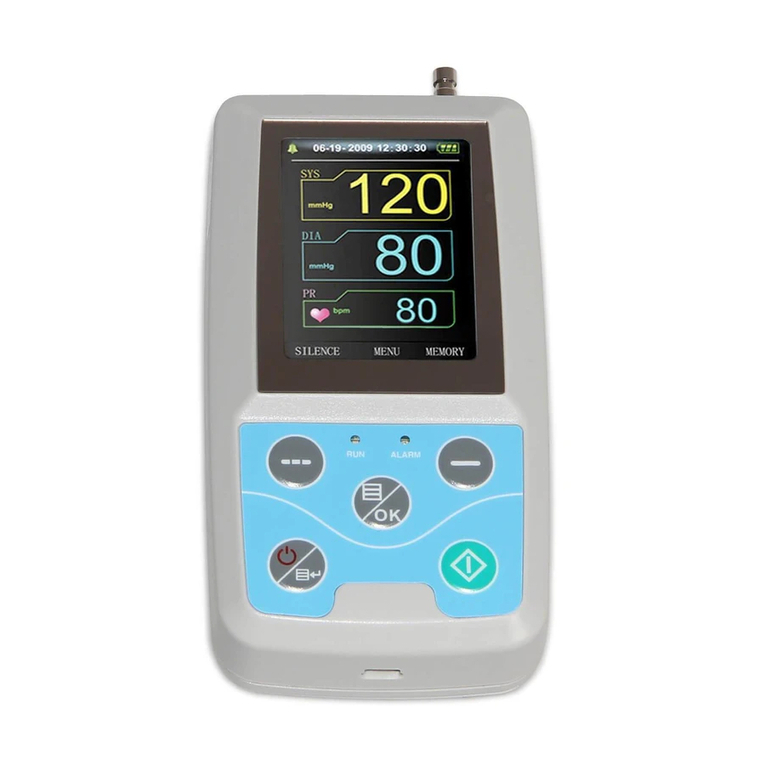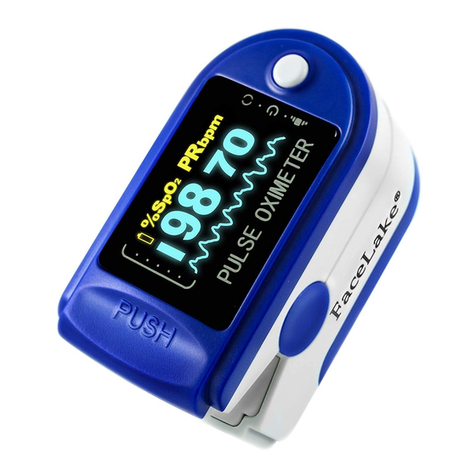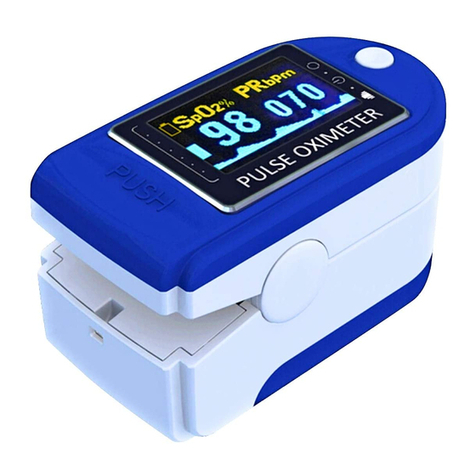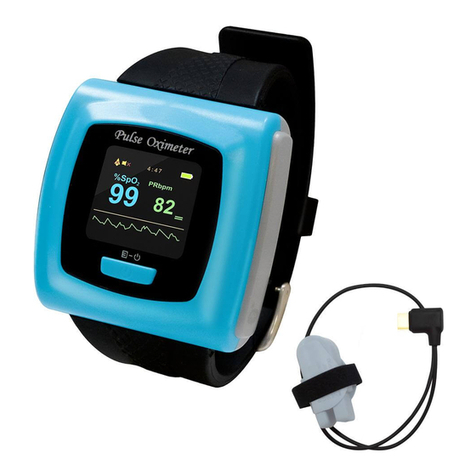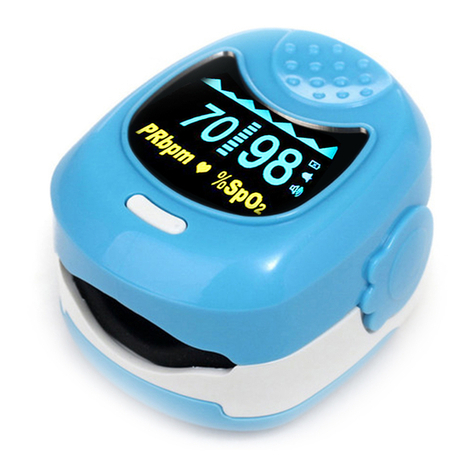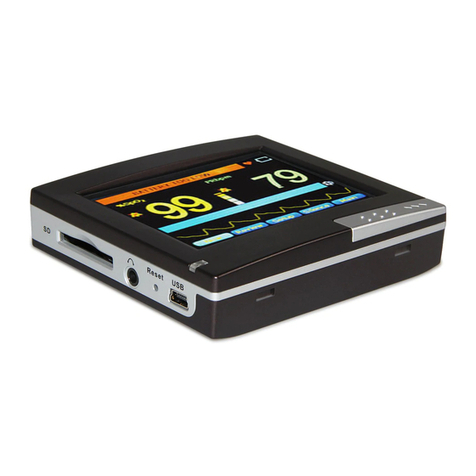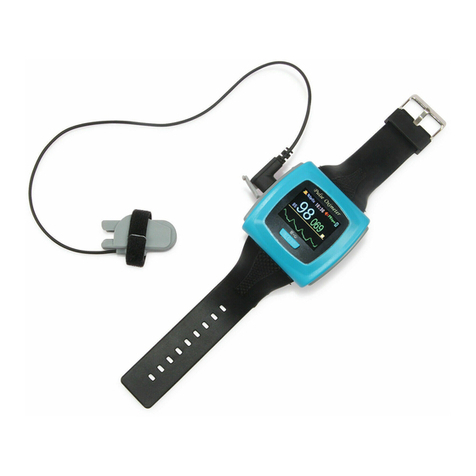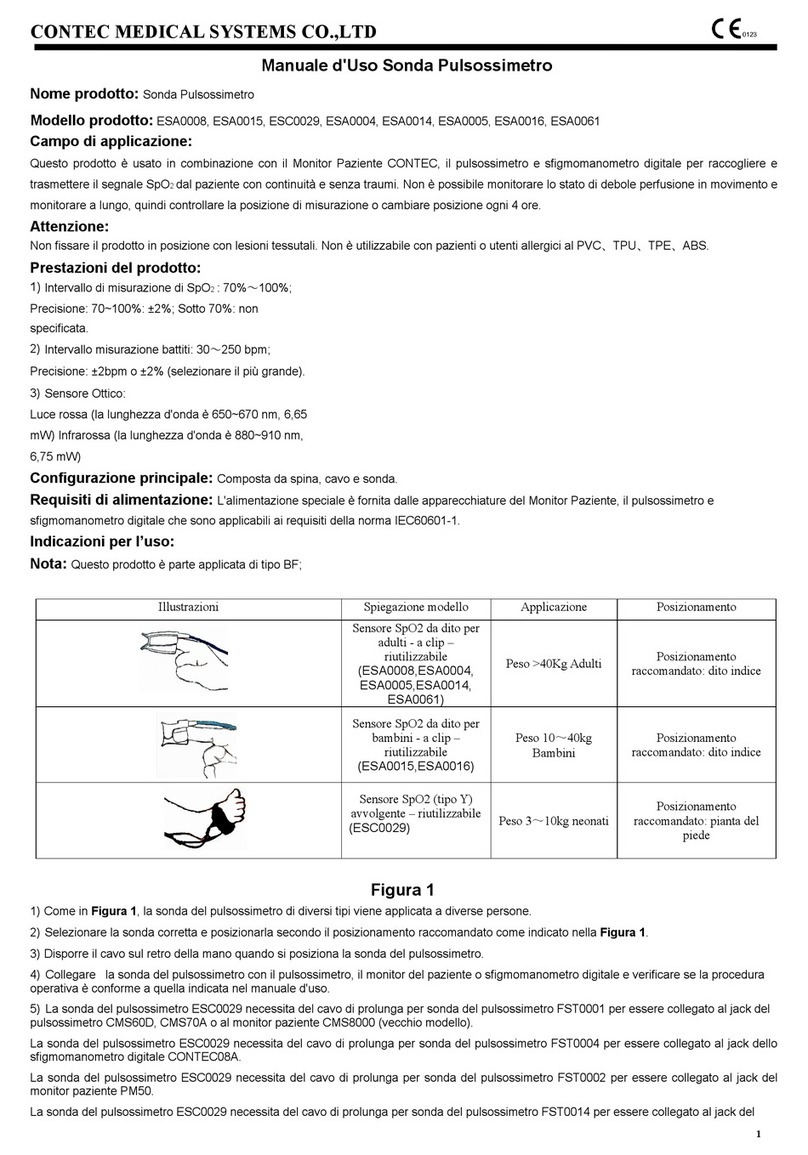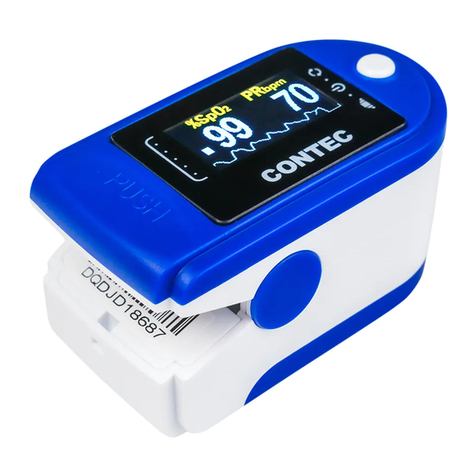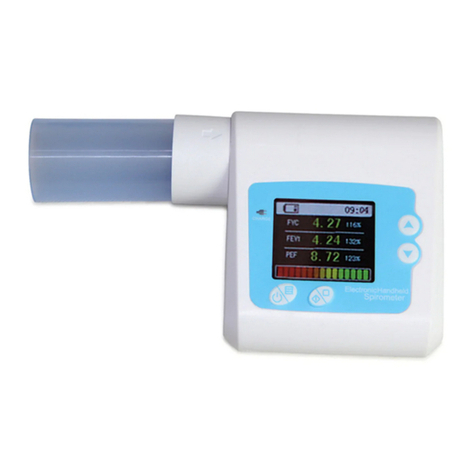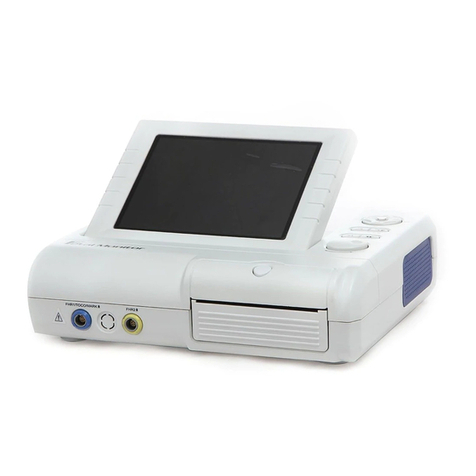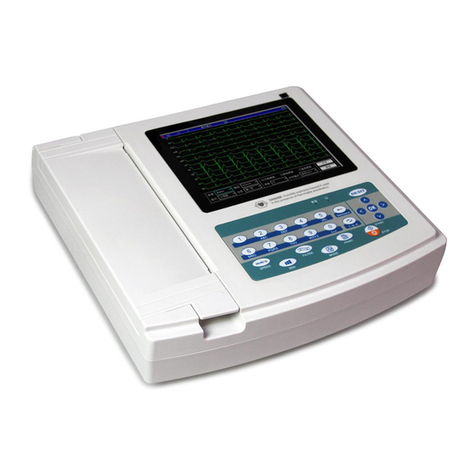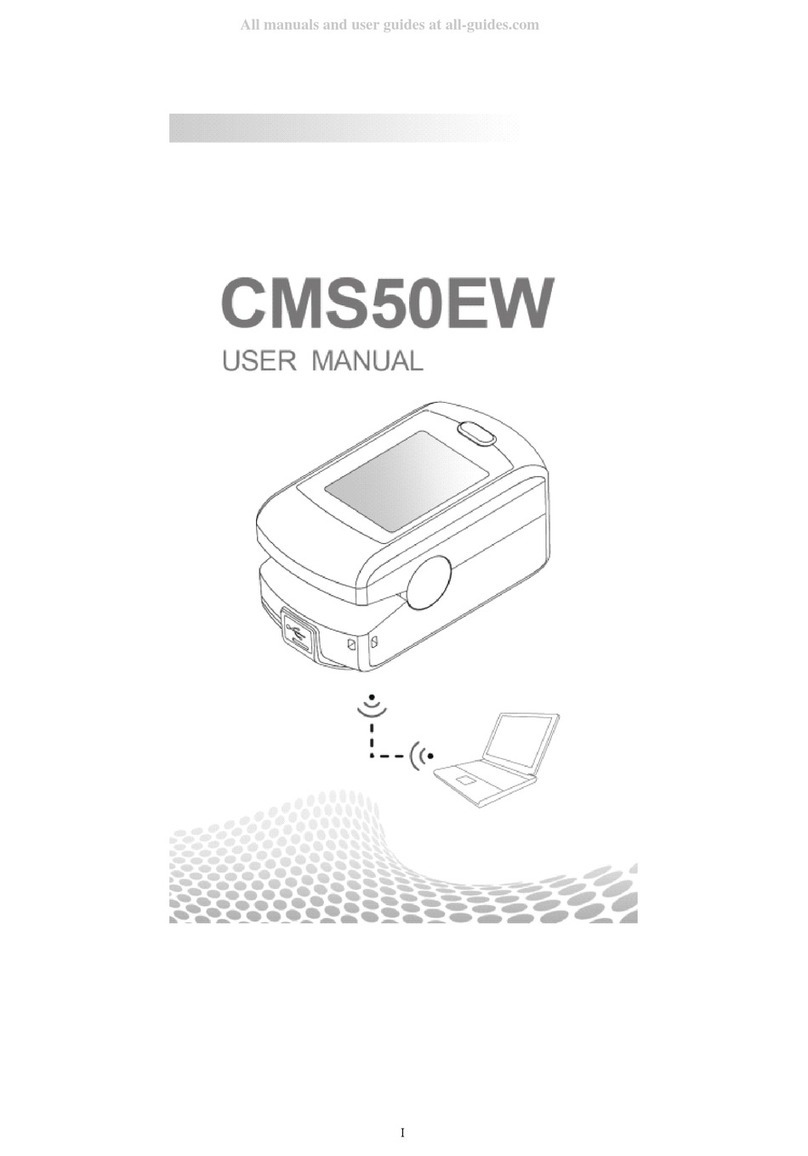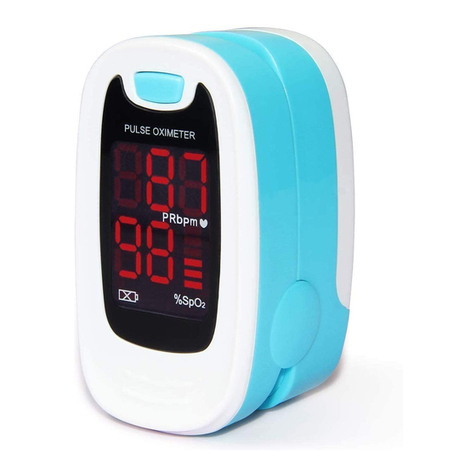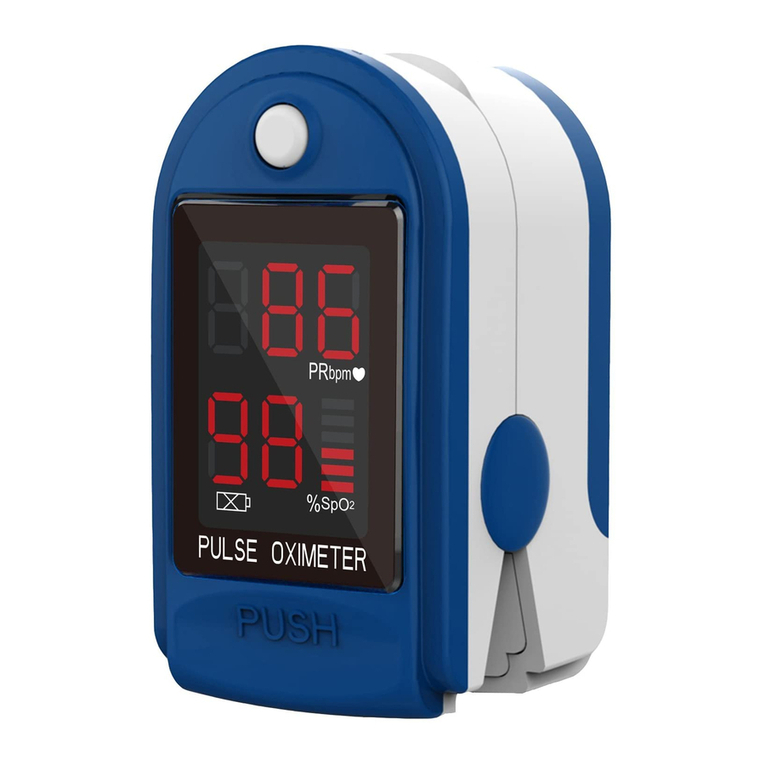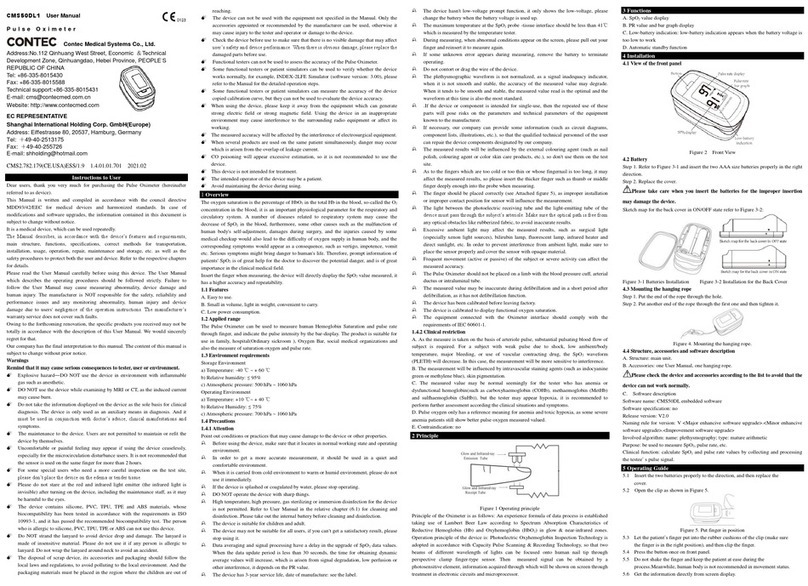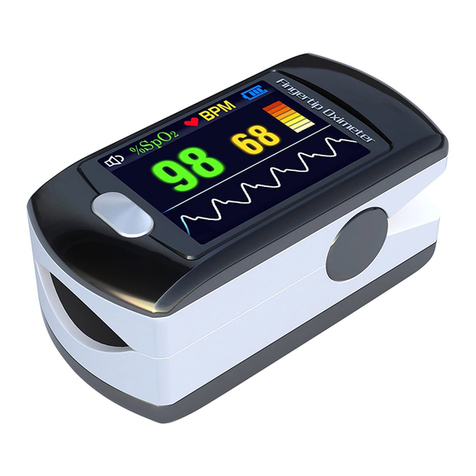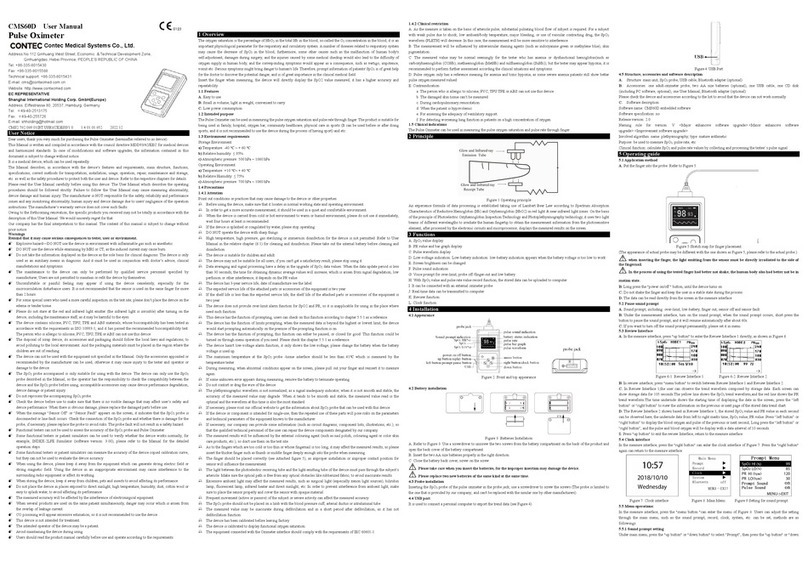User Manual
II
Contents
Chapter 1 Main Technical Specification.....................................................................................1
Chapter 2 Security Notice..........................................................................................................3
Chapter 3 Maintenance Regulation ...........................................................................................5
Chapter 4 Instrument Characteristics........................................................................................6
Chapter 5 ECG300G Panel Sketch Map...................................................................................8
5.1 The Sketch Map and Components Name.......................................................................8
5.2 Key Definition ..................................................................................................................9
5.3 Indicator Definition.........................................................................................................10
Chapter 6 Attention before Operating......................................................................................11
Chapter 7 Preparation Work before Instrumentation...............................................................12
Chapter 8 Precaution during Operation...................................................................................13
Chapter 9 Instruction of Recording Paper ...............................................................................14
Chapter 10 Electrode Placement.............................................................................................15
10.1 Chest Electrode...........................................................................................................15
10.2 Limb Electrode.............................................................................................................15
10.3 Check-List for Electrode Connection and ECG cable.................................................16
Chapter 11 Grounding and Power Connection of Instrument..................................................17
Chapter 12 Precaution for Battery Operation..........................................................................18
Chapter 13 Control Panel and Key Instruction........................................................................19
13.1 Main Interface..............................................................................................................19
13.2 Sampling Interface ......................................................................................................20
13.3 InputingArchive Information........................................................................................22
13.4 HistoryArchive Management......................................................................................23
13.5 Archive Querying.........................................................................................................24
13.6 Archive Review............................................................................................................25
13.7 Date and Time Settings...............................................................................................26
13.8 System Settings...........................................................................................................26
13.9 Sampling Settings .......................................................................................................27
13.10 Analysing Parameter Settings...................................................................................28
13.11 Print Settings .............................................................................................................28
13.12 Checking Electrodes Placement...............................................................................29
13.13 About Us....................................................................................................................30
Chapter 14 Troubleshooting.....................................................................................................31
14.1 Turn off Automatically..................................................................................................31
14.2 AC Interference............................................................................................................31
14.3 EMG Interference........................................................................................................31
14.4 Baseline Drift...............................................................................................................32
14.5 Troubleshooting List....................................................................................................32
Chapter 15 Maintenance and Preservation.............................................................................33
Appendix.....................................................................................................................................34
